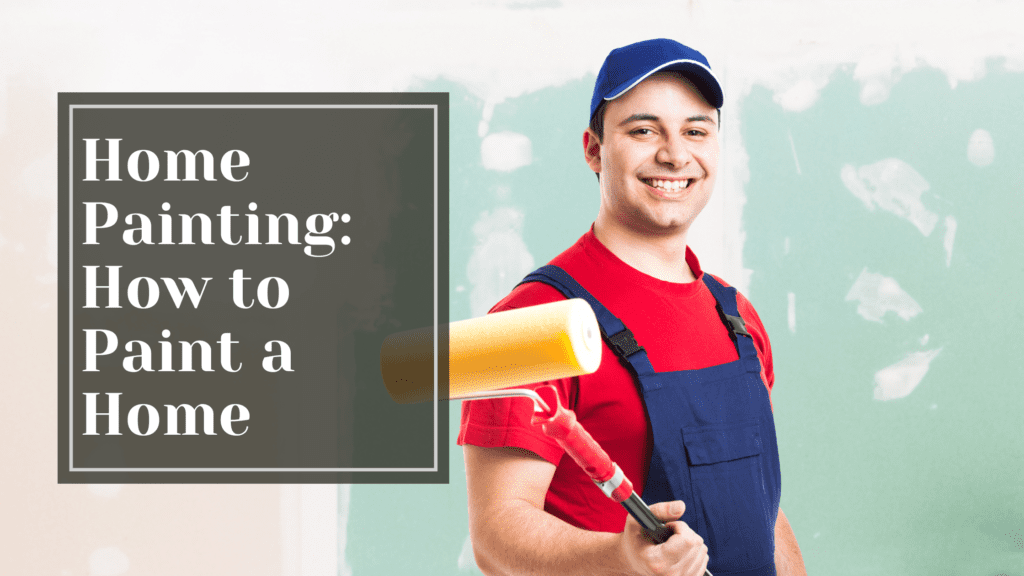Home painting is a job that transcends mere labor—it’s a form of artistry that can elevate a building’s aesthetics and safeguard it from environmental wear and tear. To excel in this craft, you must combine skill, knowledge, and a commitment to detail. We’ve laid out some of painting’s best practices, invaluable tips, and expert advice to help you evolve into a professional wall painter.
Table of Contents
Toggle1. Preparation Is Key
Before you get crazy with the paint, careful preparation is a the best way to start a painting project:
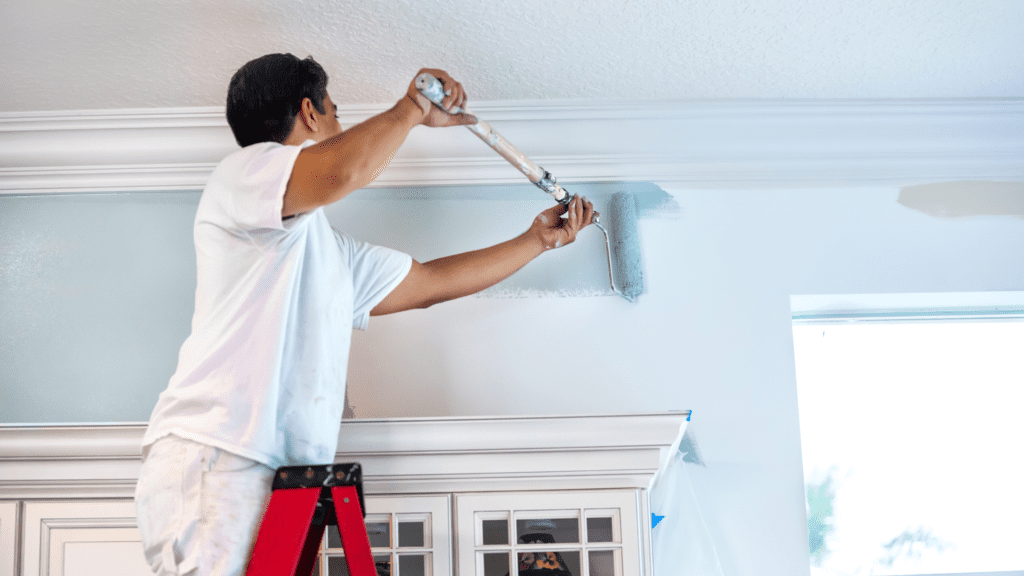
- Surface Inspection: Examine the walls meticulously for visible issues such as cracks, peeling paint, or other forms of damage. Tackle these problems methodically before the fresh coat of paint goes on.
- Thorough Cleaning: A pristine surface is a canvas that can hold paint more effectively. Employ a power washer or hand scrub the walls to remove dirt, grime, and any loose or flaky paint. A clean, dry surface is the cornerstone of a successful home painting job.
- Sanding & Smoothing: Smooth out rough surfaces by using sandpaper to even out irregularities. This will ensure that the new paint adheres uniformly and creates a polished finish.
- Masking & Covering: Windows, doors, and fixtures need shielding from paint splatter. Painter’s tape and drop cloths are your trusted allies in this regard, ensuring that your painting is contained precisely where it’s supposed to be.
2. Choose the Right Tools and Materials
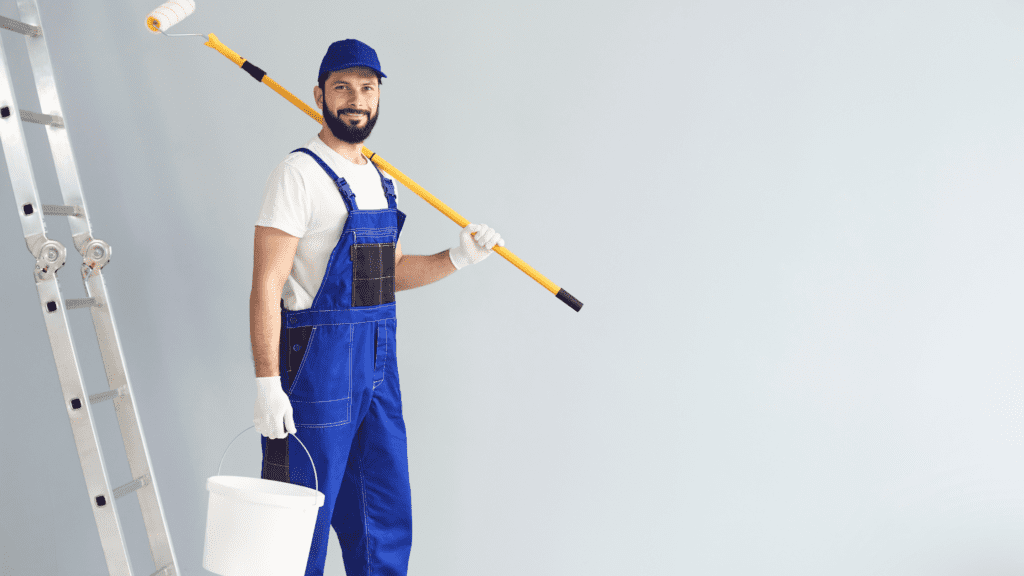
Using the appropriate tools and materials is pivotal in achieving professional results:
- Quality Paint: Invest in premium-grade exterior paint. High-quality paint offers better coverage, increased durability, and a longer-lasting finish. It will save you time and money in the long run.
- Brushes and Rollers: Select brushes and rollers that are suitable for the specific type of paint and the surface you’re working on. Synthetic brushes pair well with latex paints, while natural bristle brushes are a better fit for oil-based paints.
- Ladders & Scaffolding: Safety should always be a top priority. Ensure you have access to safe and stable ladders or scaffolding for working at height.
Paint Sprayer (Optional): For larger projects, a paint sprayer can significantly speed up the painting process, ensuring a more even coat when done well. Try to avoid overspraying or spraying too close, which will cause paint runs and uneven coating.
3. Pay Attention to Weather Conditions before Home Painting
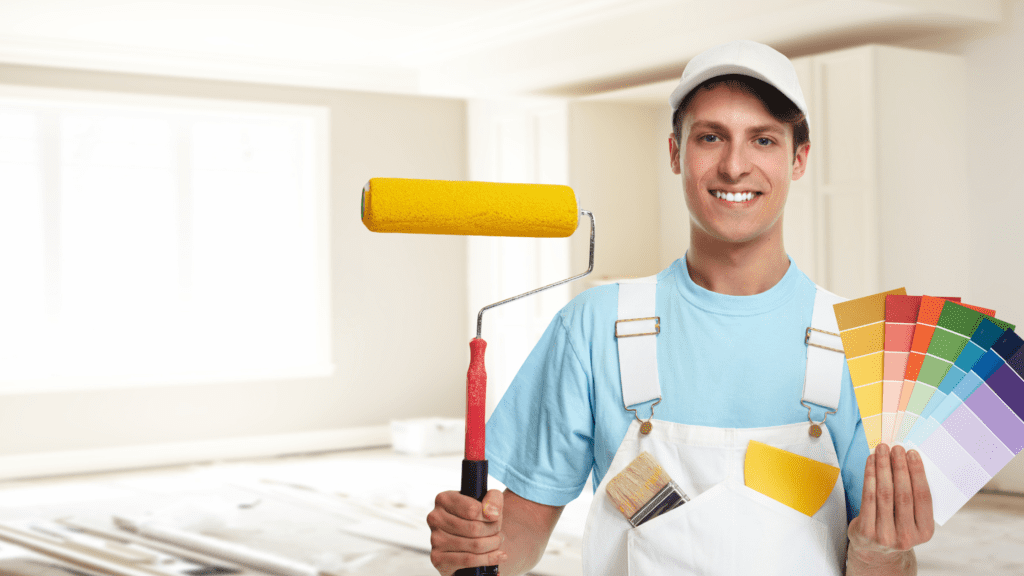
The success of any home painting project is highly weather-dependent, particularly exterior painting. Here are some weather-related guidelines to consider:
- Ideal Temperature: Aim to paint on mild, dry days with temperatures ranging between 50°F and 85°F (10°C to 30°C). Avoid extreme heat or cold, as these conditions can affect paint drying and adhesion.
- Avoid Rain & High Humidity: Moisture can ruin your home painting job, so never embark on a painting project when rain is imminent or humidity levels are too high.
- Wind Consideration: Wind can cause the paint to dry too quickly, resulting in a subpar finish. If it’s windy, plan your work accordingly and consider windbreaks.
4. Safety First Before Home Painting
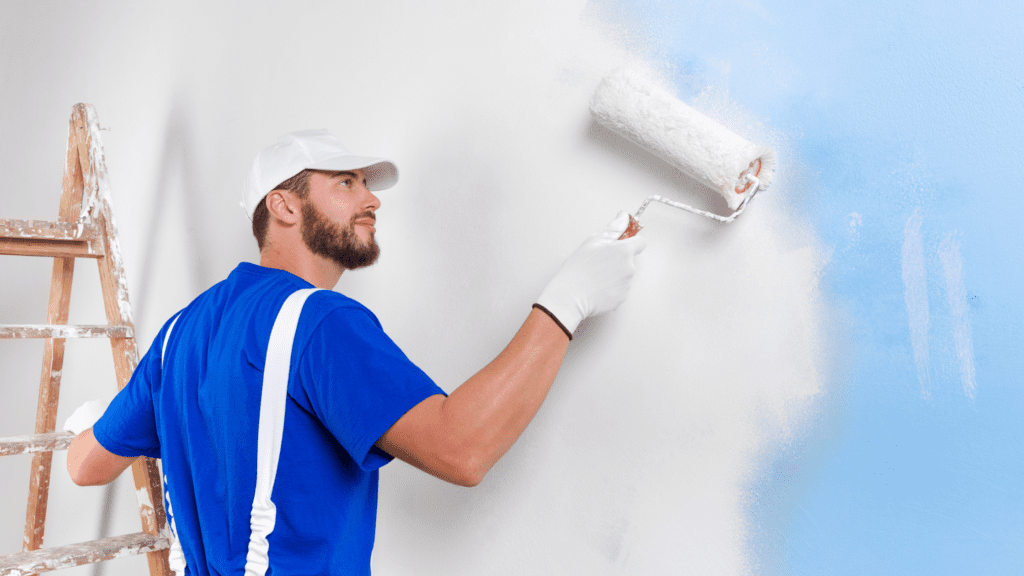
Safety is of paramount importance always, but especially when home painting. Here are some universal safety practices paramount for all home painting work:
- Use Personal Protective Equipment (PPE): Protect yourself with safety glasses, gloves, and a dust mask, especially when sanding or working at heights.
- Ladder Safety: If you’re using ladders, ensure they are on a stable and level surface. If you’re working at considerable heights, consider hiring a professional lift or scaffolding setup and have someone assist if necessary.
- Avoid Overexertion: Exterior home painting can be physically demanding. Ensure you take breaks to rest, hydrate, and avoid overexertion.
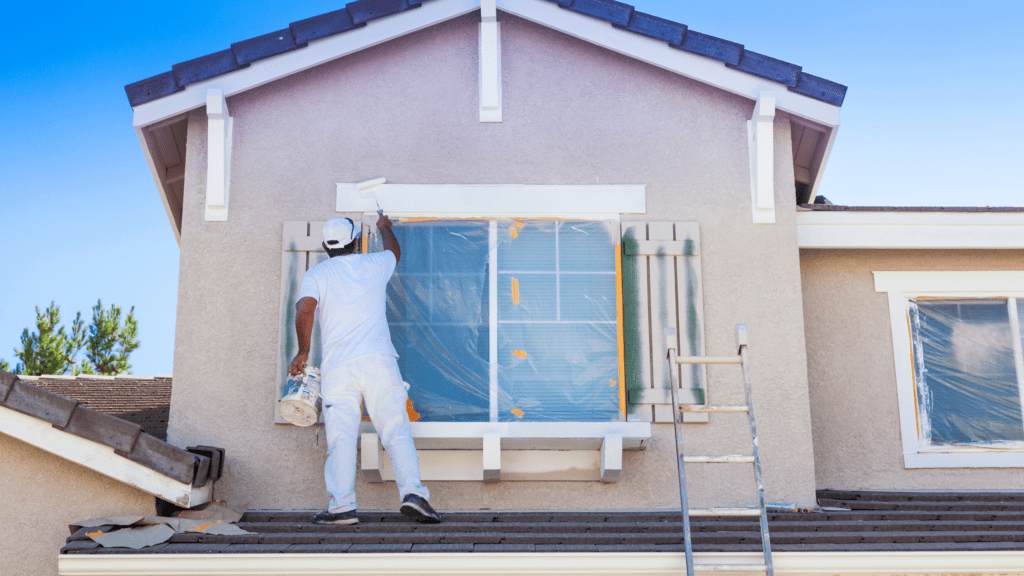
5. Work from Top to Bottom
To ensure a professional finish, always start at the top and work your way down. This approach enables you to catch any drips or mistakes as you progress, ensuring an even and consistent final appearance. When dealing with multi-story buildings, use scaffolding or a lift to access high areas safely and effectively.
6. Apply Paint Effectively
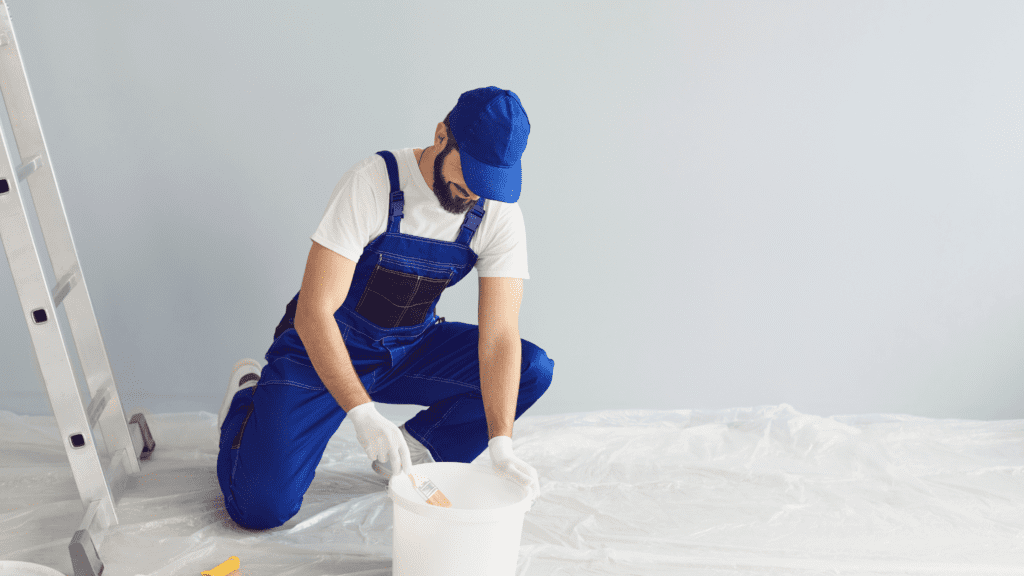
Mastering proper home painting techniques is vital for a successful exterior painting project:
- Thin Coats: Applying multiple thin coats is far more effective than a single thick one. Thin coats offer better coverage, smoother finishes, and fewer chances of dripping.
- Feathering: Blend the edges of each new brush stroke or roller pass into the previous one to create a seamless finish. This eliminates visible paint lines or ridges.
- Brush Strokes: Use long, smooth strokes, working in a single direction. This practice ensures an even and professional look. Take your time, as rushed work can leave noticeable brush marks.
- Drying Time: Be patient and allow sufficient time between coats as per the manufacturer’s instructions. Rushing this step can lead to premature peeling or bubbling of the paint.
7. Clean and Maintain Your Home Painting Equipment
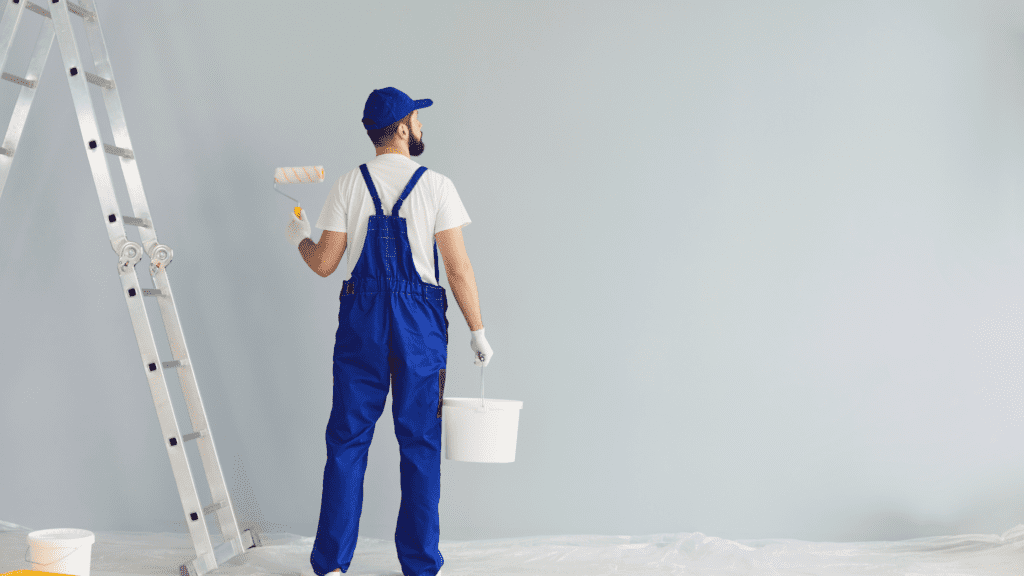
After each painting session, thoroughly clean your brushes, rollers, and other tools. Proper maintenance not only prolongs the lifespan of your equipment but also ensures consistent results and a smoother, hassle-free workflow for your next project.
Ready to Paint Your Home?
Becoming a skilled home painter involves practice, patience, and a dedication to detail. By adhering to best practices, using high-quality materials, and paying attention to safety and weather conditions, you can effectively transform the appearance of buildings inside and out, while ensuring their long-term protection.

